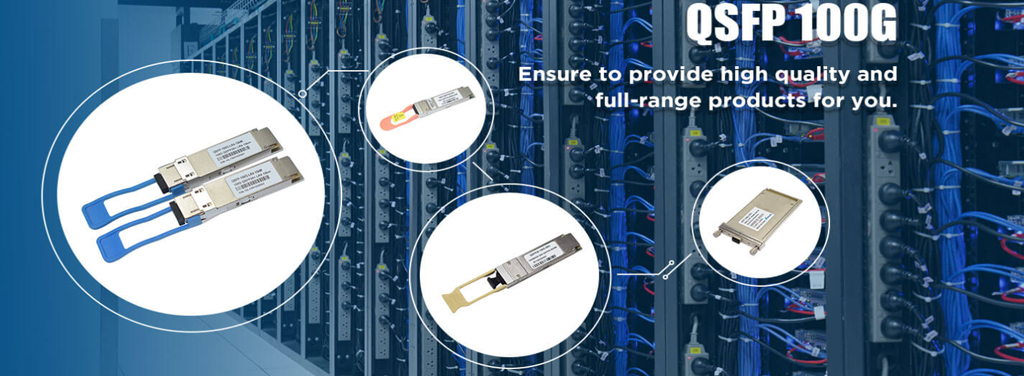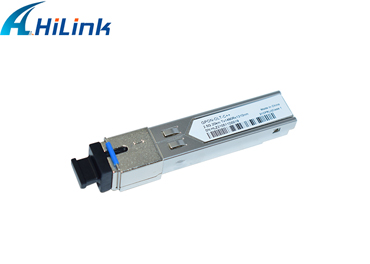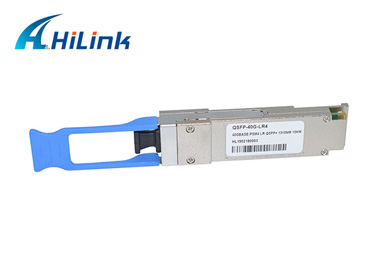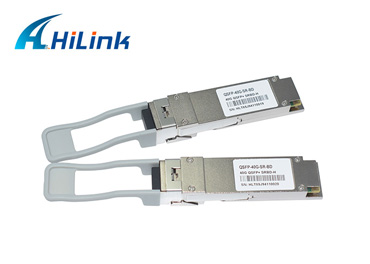What Makes the Best Optical Transceiver Module?
Mar. 12, 2022
The data center is the heart of your network operation, with fiber optic transceiver the building block of the data transmission. A qualified transceiver offers a reliable solution for incorporating flexibility, manageability, and scalability into high-density fiber networks. When it comes to selecting a transceiver module, how to make your choice valid and wise? Besides relying on optical transceiver manufacturers, you also have to know the trends in the optical transceiver market. And more importantly, to justify the quality and compatibility of the optical transceivers, as well as the services and supports they come with.
The Evolvement of Optical Transceiver
The unceasing need for network speed and efficiency makes the data center a more demanding place, and optical transceivers also evolve to satisfy the need for higher density and larger capacity. The broad transceiver portfolio usually consists of the following types, customers could choose the right one based on the specific usage environments and speed needs.
GPON OLT SFP C++
SFP: A wide range of protocols and rates (Fast Ethernet, Gigabit Ethernet, Fibre Channel, Sonet/SDH) which operate in either commercial or extended temperature environments.
SFP+: Designed for 10G Ethernet and 10G Fibre Channels.
XFP: Supporting a variety of 10Gbps protocols (Ethernet, Sonet/SDH, Fibre Channel).
X2: 10G Ethernet standard over a variety of distances.
SFP28: Designed for 25G Ethernet.
QSFP+: 40 Gbps interfaces support 40G Ethernet and OTN standards over multimode or single mode fiber.
QSFP28: 100 Gbps interfaces support 1000G Ethernet and OTN standards over multimode or single-mode fiber.
What Makes Good Optical Transceivers?
To be fair, you should always look beyond price when picking a supplier of any network or IT devise. Apart from the type of transceiver that basically depends on your device, there are still some critical aspects to consider, such as the transceiver performance, compatibility, and interoperability testing, as well as the service and support provided. You can find the qualified transceivers here, click here.
Compliant With MSA Standards
Third-party optics has now secured a fairly important position in the network component market since they fill the gap to provide multiple compatible options at a considerably lower price. Currently, an increasing amount of customers sees third-party optical transceivers as a decent choice over the cost-prohibitive OEM optics. In this case, transceiver compatibility with your network switch becomes critical.
The Multi-Source Agreement (MSA) standards specify all the elements of a fiber optic transceiver - both mechanically and electrically, so optical transceiver companies are able to provide transceivers that are identical in form factor and functionality to original brands while assuring compatibility across multiple OEM types of equipment. Driven by the fierce competition on the market, many third-party transceivers can even exceed OEM transceivers in performance, reliability, and warranty.
40GBASE-PSM4 10KM QSFP+ LR4
Equipped With DOM/DDM Functions
DDM or Digital Diagnostics Monitoring is a technology used to monitor real-time transceiver parameters, such as optical output power, optical input power, temperature, laser bias current, transceiver supply voltage, etc. DOM refers to Digital Optical Monitoring, which provides users critical information concerning the TX (transmit) and RX (receive) ports status, input/output power, temperature, and voltage.
Apparently, DDM and DOM are identical functions that are usually applied together to deliver real-time monitoring of optical transceivers. These functions help predict module lifespan, locate faults and verify module compatibility, so those network technicians are able to check and ensure that the module is functioning well.
LC 40G QSFP+ BIDI SR4
Strict Quality Control for Compatibility and Performance
The failure of a transceiver module will result in a disastrous network outage, thus a quality optical transceiver should be strictly tested on switches and routers from all major OEM vendors during the manufacturing process. It ensures the transceiver module has the highest quality and performance possible and justifies the compatibility and quality criteria to avoid network disruptions and save time and money. Besides, there are also some prevalent industry standards that a transceiver must comply with, such as MSA, IEC, ISO, etc.
It is recommended to ask the supplier about the compliance and regulations followed before purchasing an optical transceiver. Qualified optical transceiver modules are expected to be Class 1 laser safe products so that they will not harm the eyes while installation/removal, they also should be RoHS approved for being environment-safe.
Find a Reliable Fiber Optic Transceiver Supplier
Hilink is specialized in fiber optical products and networking solutions. Our main products are transceiver modules such as QSFP, QSFP28, CWDM/ DWDM SFP/XFP. Quick Link to Fiber Optic Transceiver Suppliers.
Hilink Product Guide
Active Optics A: (QSFP+, SFP+, XFP, SFP28, QSF28, Media converters, QSFP AOC)
Active Optics B: (6G SFP, 4G SFP, 2.5G SFP, 1.25G SFP, 1.25G GBIC, 622M, 155M )
Cables Interconnect (Active Optical Cable, Direct-Attach Cable DAC) EDFA, DCM Passive products (CWDM, DWDM MUX/DEMUX, AAWG, MPO/MTP, FWDM, Optical Circulator, Isolator)
For more information about the optical transceivers for sales, welcome to contact us today or request a quote.

















